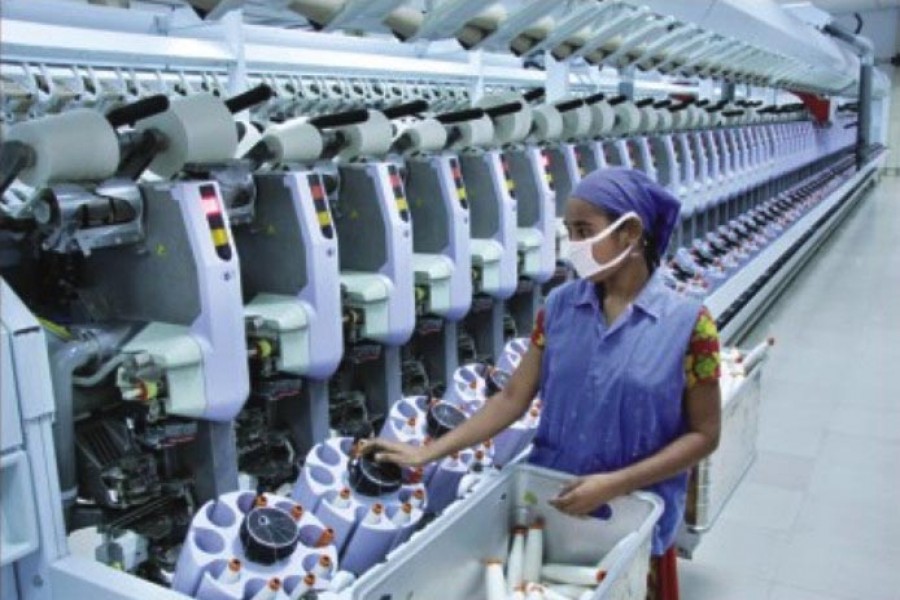The government's recent move to reopen 13 closed state-owned textile mills under public private partnership (PPP) sounds good. However, the decision triggers some concern about the way things are going to be handled in a new set-up. Its would-be operating modality remains yet largely unknown. The mills currently owned by the Bangladesh Textile Mills Corporation (BTMC) are, as reports say, set to go into PPP format following an administrative order of the government.
The 13 textile mills spread out in different parts of the country have reportedly a total of 380.47 acres of land worth approximately Tk 15.92 billion. The mills need an estimated Tk 152 billion in PPP implementation cost to resume their operation. The land of the mills, according to the textile ministry's proposal, will be considered capital of the BTMC in the PPP deal. The selected private parties will have to implement the relevant projects, carry out maintenance, processing and marketing of products, in addition to running the mills. The shares of the BTMC and private parties will be worked out on a ratio-basis or through negotiations. Initially, partnership between the BTMC and the private parties will be for 30 years and the contract could be renewed or a new party reappointed after the expiry of the deal.
Now, it remains to be seen whether the aforementioned broad principles on which the PPP is being planned will be able to fix the problems facing the state-owned textile mills not in operation now. The reason why PPP is believed to have fared well in many countries is primarily due to the dual stakes borne by the government and the private sector coupled with the relative ease in accessing finance and other facilitating services. The issue of dual stake and the methodology to work it out on a win-win basis, especially in unforeseen circumstances, are the most crucial part of implementing any PPP project. Bangladesh has been trying to make good use of PPP in the past several years. In August 2010, the government issued the PPP guidelines and in the budget for fiscal year (FY) 2009-10, Tk 25 billion was allocated for the first time. But over the years, there has been no mentionable breakthrough although the allocation was later raised to Tk 30 billion. Lack of preparedness and experience is generally believed to be the main obstacles to the way of making the partnership fruitful.
Observers are not sure whether the planned PPP is packaged as a new version of semi-privatisation -- at the expense of the government's stake in it. It is also not clear whether the authorities had explored the potential of private sector partnership, given the huge amount of money required to reinstate the mills to operational stage. There are also issues such as the nature and type of structural improvements required, machinery and equipment to be added, financing needs and ways of meeting them etc. Unless these and other important issues including risks are sorted out with responsibilities and obligations of both parties clearly defined, one can hardly be optimistic about the plan's successful implementation.


